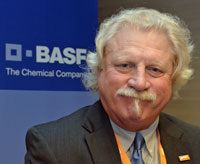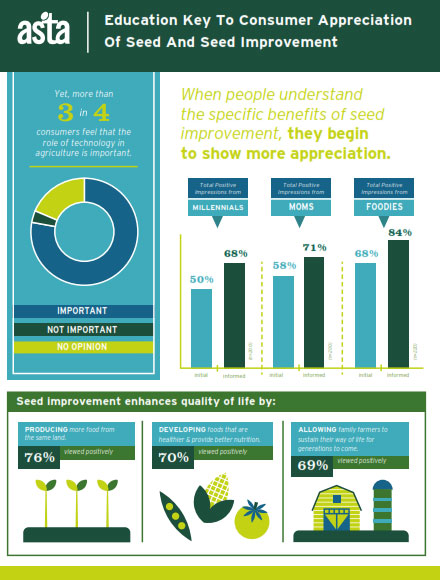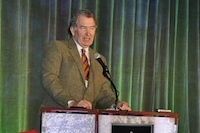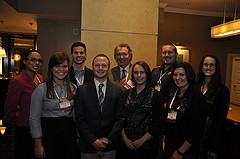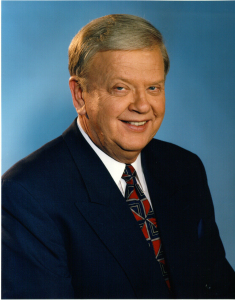 Award-winning ag broadcaster Orion Samuelson has been honored by the American Agri-Women (AAW) with its VERITAS award. This AAW news release says the group handed at the award at its 39th annual convention in Ohio.
Award-winning ag broadcaster Orion Samuelson has been honored by the American Agri-Women (AAW) with its VERITAS award. This AAW news release says the group handed at the award at its 39th annual convention in Ohio.
Its VERITAS award is the highest award given to a non-member. It is given annually to a person who has given public witness to “the pursuit of truth” in accordance with the principles enunciated in the AAW statement of philosophy, “The Call to Power.”
Samuelson is the host of two nationally syndicated radio shows, The National Farm Report and Samuelson Sez, and co-host with Max Armstrong of the weekly TV show on RFD-TV This Week in AgriBusiness. After more than 54 years of broadcasting 16 daily agribusiness reports on WGN Radio in Chicago, Samuelson has an unequalled record of service to the nation’s farmers. The most honored agriculture journalist in the country, Samuelson is a member of the Scandinavian- American Hall of Fame, the National 4-H Hall of Fame, the National Association of Farm Broadcasters Hall of Fame and the National Radio Hall of Fame, where he was presented for induction by broadcast legend and friend Paul Harvey. Samuelson grew up on a farm in the Kickapoo Valley of Wisconsin.
“It is truly an honor to receive this recognition for just doing my job and I am grateful to American Agri-Women. I am even more grateful for the work AAW has done for 40 years by emphasizing the role of women in agriculture and using member talents to help the 98% of our population not involved in farming understand what it takes to put food on their table, a roof over their head, clothing on their back, and now, energy in the tank. I remember the founding of AAW and have shared your activities with my audience for four decades,” Samuelson says.


